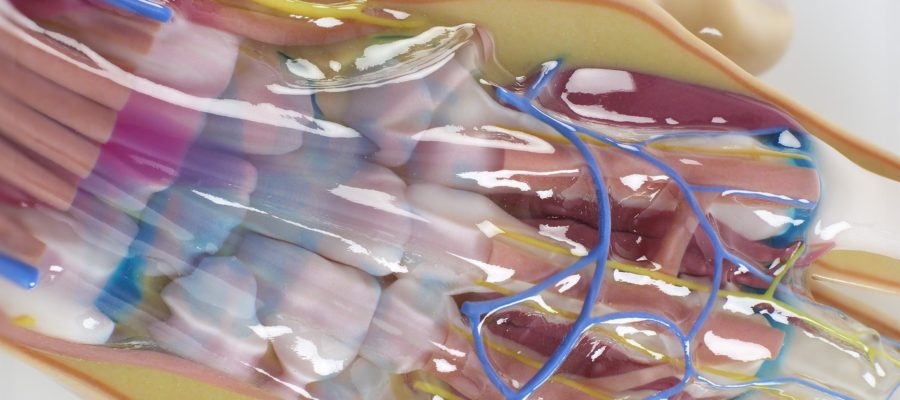Developing Materials to Explore New Opportunities Manufacturing
In the late 1980s, Stratasys founder Scott Crump printed a frog using an FDM printer in his own kitchen. Today, students are using Stratasys’ 3D printers to research skull fragments. In studying Neanderthal infants, students at the Anthropological Institute of the University of Zurich are using 3D printed models to recreate fragile fossils in durable materials for handling. 3D printed materials have come a long way since Crump first printed his frog. Users today can choose from a variety of printing materials to suit their unique designs. With technology like Polyjet, photopolymer materials can be of biomedical grade which is ideal for use in medical devices. They can simulate durable ABS thermoplastics as well as retain their dimensions and structural integrity under extreme heat by simulating the thermal performance of engineered plastics. They can also consist of rubber-like qualities, developed to withstand the stress of hinges, closures, and snap-fit parts. Lastly, there are digital materials; a result of fusing two or three Polyjet photopolymers in unique concentrations and microstructures to create a unique composite material with hybrid characteristics.

Multi-Material With industry-leading 3D printing systems like the J750, Objet500 & Objet350, and the Connex3, Stratasys has brought multi-material and multi-color printing a reality. Previously, industries had accepted that using different materials would have to be printed in certain ways when factoring in pressure and temperature. Therefore, printing complex parts had conventionally been done with printing separate individual pieces first before being assembled together. Now with Stratasys’ newest Polyjet 3D systems, printing complex parts can be done within a single print job combining different materials with their separate and unique properties. Using the J750 as an example, this system enables manufacturers to produce whole-product prototypes in full colour and with multiple materials, textures and gradients- all in as little as a few hours. This breakthrough in additive manufacturing technology opens the door to new possibilities with the power to design and produce designs that previously have either been difficult, inefficient, or even impossible. With the new capabilities of multi-material printing, designers and product manufacturers have the power to explore new ideas and creations. Industries such as education, consumer electronics, and healthcare now have access to print the impossible.

Medical Physicians at Jacobs Institute use 3D printed models to educate patients with stroke, clots, aneurysms, and other pathologies to develop surgical skills in a risk-free environment. The models are printed specifically to present and display a range of anatomies so physician participants are exposed to the limits of what they will be working with when treating patients. According to Mike Springer, the Director of Operations & Entrepreneurship at the Jacobs Institute, he says, “We use 3D printing technology and materials to create a lifelike vascular environment that isn’t achievable any other way”. With its multi-material and multicolor printing capabilities, the Stratasys J750 3D printer provides doctors and researchers the tools to produce patient and condition-specific anatomy models for further research, surgical planning, and patient education. Polyjet technology allows materials to mimic a range of realistic tissues. Models can also incorporate different access points, sensors, and blood-flow simulations to enable a highly dynamic and interactive training experience between doctors, medical staff, and patients.
Rubber Meets the Road In Waterloo, Wisconsin, the prototyping lab at Trek Bicycle was among the first to adopt and integrate the Objet500 Connex3 3D printer. Featuring multi-material printing capabilities, prototypes were created to look and feel like real production parts. The system is able to print coloured parts with clear, tinted, and even flexible components on a single print job. The engineers at Trek took full advantage of this technology and integrated soft rubber-like properties into models printed with Digital ABS. This is crucial because so many bike parts and accessories contain rigid and soft properties. Before implementing the Connex3 into their work environment, their designers would have to print parts and accessories separately, swapping out 3D printing materials in between print jobs and then assembling the components together. In the world of 3D printing materials, Stratasys’ multi-material and multicolor opportunities are near limitless- and this is just the beginning. Check out our online store to shop the newest 3D printing materials. Read more about the Stratasys J750 Professional 3D Printer here: https://goo.gl/FwLI1D If you are interested in exploring this solution for your organization, please speak with one of our additive manufacturing experts https://goo.gl/qHnouO
